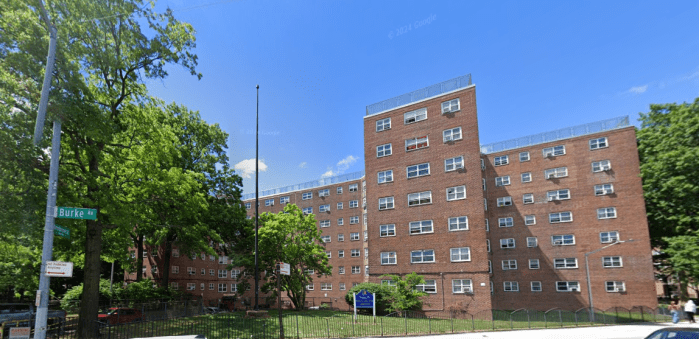
BY JACKSON CHEN | The New York City Department of Transportation will address pedestrian safety concerns on the Upper East Side with a renovation project of four accident-prone intersections starting this fall.
As part of the Vision Zero initiative — the de Blasio administration’s multi-agency effort to reduce traffic fatalities in the city — both Second Avenue and Third Avenue were designated as Priority Corridors for their prevalence of traffic accidents. Additionally, portions of the Upper East Side were deemed a part of Manhattan’s Priority Area for high numbers of pedestrian incidents.
To improve road conditions on the Upper East Side, the city department will be repaving Third Avenue from East 64 Street to East 72nd Street starting in the fall, according to a report submitted to Community Board 8 on October 7. On top of the fresh blacktop roads, the DOT said it would be adding several left-turn only and right-turn only lanes to clarify car movement at the four problematic intersections.
The DOT will be focusing their pedestrian safety efforts on these four, having studied them from 2009 to 2013. According to the DOT’s statistics, the highest amount of accidents within that group amounted to 36 injuries — two of which were severe — at 72nd Street and Third Avenue. On the same avenue, the 66the Street intersection saw 21 injuries, with one severe case, and the 63rd Street intersection saw 30 total injuries and two severe cases.
The remaining intersection among the four — 66th Street and Second Avenue — saw only four injuries, one of which was severe.

In terms of pedestrian-only injuries, the DOT said that both the 63rd and 66th Street intersections at Third Avenue both saw seven pedestrian injuries, with four of them being deemed moderate to severe.
For pedestrians, the DOT is planning to install a neckdown on Third Avenue and 66th Street in the fall that would allow pedestrians who are waiting to cross more room to stand in the road, while also creating a shorter crosswalk, according to the report.
The department is also planning this fall to conduct a signal study about the possibility of establishing leading pedestrian intervals — intersections where pedestrians are given a head start of a few seconds to enter a crosswalk before cars get their green signal — on Third Avenue at 63rd, 65th, and 66th Streets. Leading pedestrian intervals have been installed in more than100 locations in Manhattan, according to the DOT.

In 2016, the project also calls for another neckdown to be installed at Third Avenue and 63rd Street, pending completion of a Metropolitan Transportation Authority sidewalk extension project on the same corner. A median enlargement of 66th Street between Second and Third Avenues is also planned.
As a result of similar safety improvements on Third Avenue at 79th Street, the DOT reported that there was a 44 percent reduction in total injuries in 2013 and a 33 percent drop in pedestrian injuries. Further up the avenue at 86th St, total injuries fell 63 percent and pedestrian injuries dropped by 45 percent, according to the DOT report.
The DOT’s project was approved by Community Board 8’s Transportation Committee and, as Manhattan Express went to press, was due to be presented at the full board meeting on October 21.







































